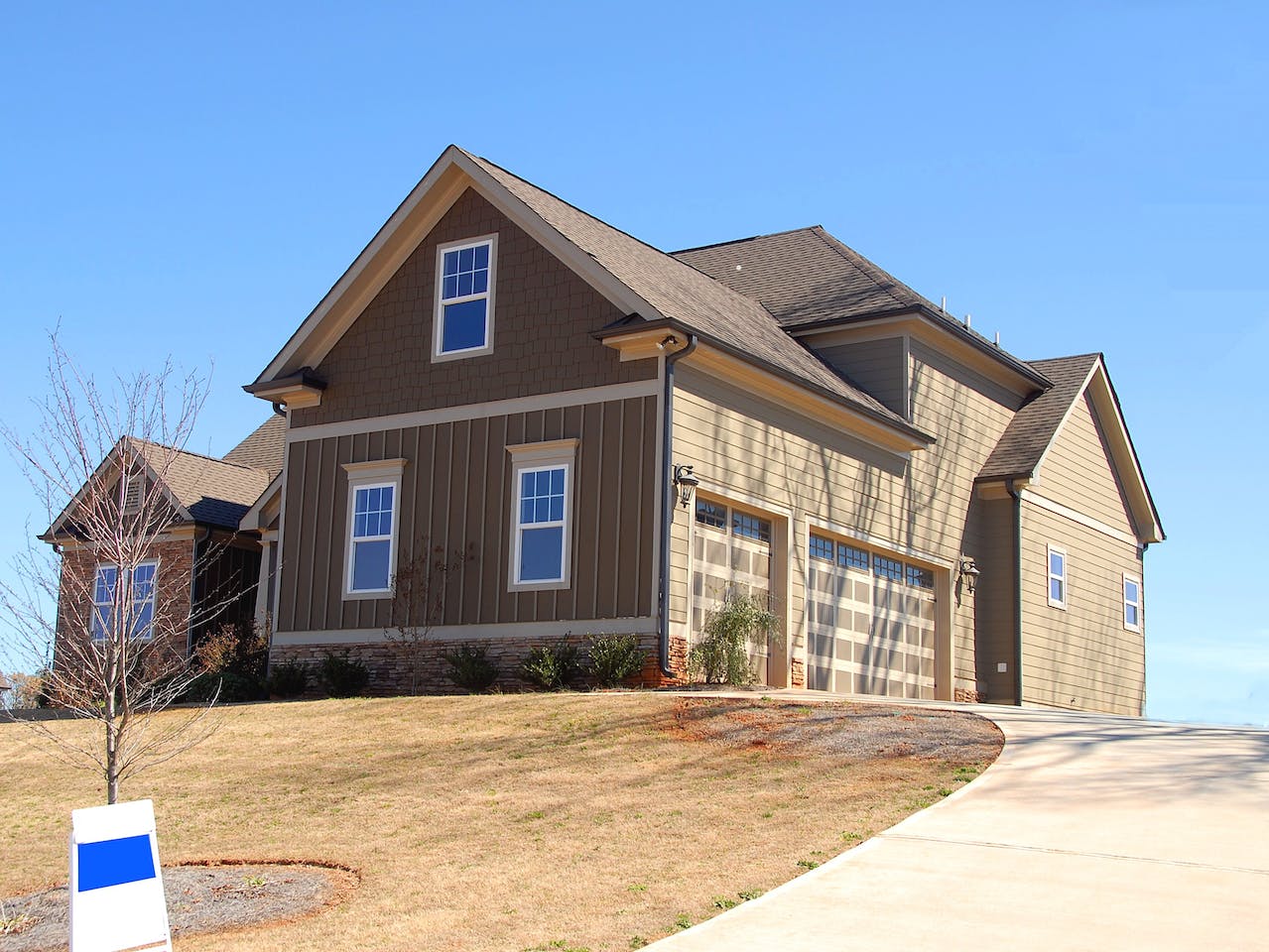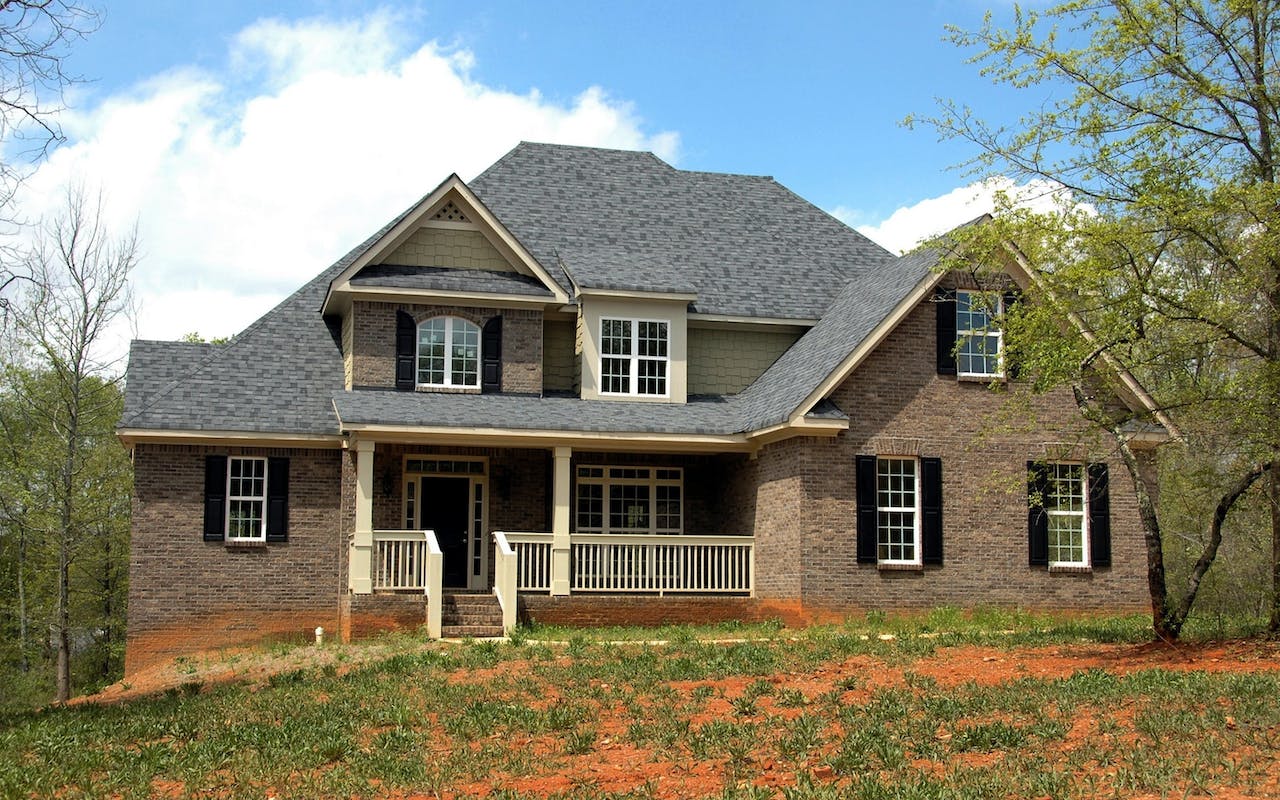18 Critical Red Flags To Look Out For When Buying A Property
When exploring the crucial topic of "What are the red flags to look out for when buying a property" it's essential to be aware of potential pitfalls. This topic not only guides buyers in identifying warning signs but also emphasizes the importance of due diligence in the property purchasing process.

Michael J. Harrington
Apr 13, 2025
Real estate purchases represent one of the largest financial investmentsmost people will make in their lifetime. Without proper diligence, dream homes can quickly transform into financial nightmares.
Property experts say identifying potential problems before finalizing a purchase can save homebuyers thousands of dollars in unexpected repairs and prevent significant stress.
This article details the red flags to look out for when buying a property, helping you make an informed decision and avoid costly mistakes.
Structural Red Flags
1. Foundation Problems
Foundation issues represent some of the most serious and expensive problems in residential properties. These structural concerns can compromise the entire integrity of a home and lead to cascading issues throughout the building. The biggest warning sign to watch for is cracking, particularly larger cracks that may indicate significant structural problems rather than normal settling.
When examining a property, unfinished basements provide the clearest view of the foundation's condition. If the home lacks a basement, pay close attention to door frames - doors that don't open and close properly within their frames often signal foundation shifting. These alignment issues rarely exist in isolation and typically point to more serious underlying structural problems.
2. Roof Condition And Age
Roof replacement represents one of the most significant expenses homeowners face, with costs potentially reaching tens of thousands of dollars depending on the size and materials involved. Beyond the replacement cost itself, the condition of a property's roofing system can substantially impact home insurance rates.
When viewing properties, always inquire about when the roof was last replaced and request documentation. Try to avoid properties with severely outdated roofing systemsor those approaching the end of their lifespan unless you can negotiate a significantly reduced price to account for imminent replacement costs. During your physical inspection, look for missing shingles, sagging areas, or water stains on ceilings, which may indicate existing leaks.
3. Water Damage And Drainage Issues
Inadequate drainage represents a critical red flag that many buyers overlook but can severely impact a home's foundation and overall structural integrity. Properties with poor drainage often experience recurring problems that worsen over time, particularly those situated on low terrain.
When inspecting potential properties, watch for multiple warning signs of drainage problems: stagnant water pooling around the foundation, flooding that persists hours after rainfall, overflowing or blocked gutters, puddles near downspouts, and excess sand gathering around flower beds.
If possible, schedule your property viewing during or shortly after rain to observe how water behaves on the property. This timing provides the most accurate assessment of drainage patterns and potential problem areas. Also inspect basements and crawl spaces for dampness, mold, or mildew - all indicators of persistent moisture problems.
System And Infrastructure Warnings
4. Outdated Or Problematic Electrical Systems
Electrical issues represent significant safety hazards and can require expensive updates to bring systems into compliance with current building codes. Old wiring systems such as knob and tube or aluminum wiring pose serious fire risks and will likely need replacement, representing a substantial additional investment beyond the purchase price.
During property inspections, watch for warning signs like buzzing electrical panels, visible wiring issues, or an insufficient number of outlets (which often indicates an older electrical system). Flickering lights, frequently tripping breakers, or warm outlet plates also indicate potential electrical problems requiring professional attention.
The cost to rewire an entire home can run into tens of thousands of dollars, making this one of the most expensive repairs new homeowners might face. Always have a qualified electrician assess any property with suspect electrical systems before committing to purchase.
5. Plumbing Concerns
Plumbing problems can cause extensive damage and create significant health hazards. Homes with outdated galvanized plumbing systems should trigger immediate caution, as these pipes inevitably rust over time, creating water quality issues and eventual leaks.
Signs of plumbing issues include low water pressure, discolored water, slow drains, water stains on ceilings or walls, and unusual odors. Check under sinks for signs of previous leaks or makeshift repairs. Also pay attention to water heater age and condition, as replacement represents another substantial expense.
During property viewings, turn on multiple faucets simultaneously and flush toilets to test water pressure and drainage. These simple tests can reveal problems that might otherwise remain hidden during a brief walkthrough.
Financial And Market Red Flags
6. Suspiciously Low Price
An unusually low listing price represents one of the most evident warning signs in real estate transactions. While it may initially seem like a fortunate opportunity, drastically reduced prices often indicate underlying problems with the property or desperation from sellers who have struggled to find buyers.
Before making any hasty decisions based on an attractive price point, have the property thoroughly inspected and investigate why it's priced below market value. Common reasons include serious structural issues, neighborhood problems, or legal complications that might not be immediately apparent.
7. Rapid Ownership Turnover
Properties that have changed hands multiple times in a short period often conceal significant problems. Research the ownership history through property records - frequent turnover may indicate that previous owners discovered issues after purchase that made the property undesirable or financially burdensome.
This pattern of rapid reselling sometimes occurs with flipped houses, many of which are poorly renovated by inexperienced investors seeking quick profits. These properties often feature cosmetic improvements that mask serious underlying issues. When considering a recently flipped property, verify that all work was performed by licensed contractors and that proper permits were obtained for all renovations.
8. Hidden Costs And Fees
Beyond the visible price tag, purchasing a propertybrings with it a host of hidden costs and fees that can catch even the most prepared buyers off guard. These expenses encompass property inspection fees, closing costs, homeowners association fees, and ongoing maintenance expenses.
It's imperative to incorporate these costs into your budgeting process, constructing a comprehensive financial outlook. This holistic approach guarantees that you can afford the investment without suffering unexpected financial strains.
9. Property Tax Assessment Discrepancies
Property taxes constitute a substantial part of your homeownership expenses. A concerning red flag is the presence of discrepancies in the property tax assessment. On occasion, properties might be assessed at a higher value than their actual worth, resulting in inflated tax bills.
To address this red flag, research local property tax rates and remain prepared to challenge the assessment if it appears inaccurate. Doing so can save you from overpaying on property taxes.
10. Delinquent Property Taxes
Unearthing that a property has delinquent property taxes is a grave financial red flag. If the previous owner failed to meet their tax obligations, you may inherit the responsibility to settle these debts upon purchasing the property.
To protect yourself, embark on a thorough title search to ensure there are no lingering property tax liens on the property you intend to buy. Engaging the services of a qualified title company or attorney can be instrumental in uncovering any hidden issues related to delinquent property taxes.
Environmental And Natural Disaster Red Flags
When you're on the hunt for your dream home, it's essential to consider more than just the curb appeal and interior aesthetics. Ensuring your potential property is safe from environmental and natural disasters should be a top priority.
11. Flood Zones
- Check Flood Zone Status- Begin by determining if the property falls within a designated flood zone. Flooding can cause extensive damage to homes and result in substantial repair costs.
- Insurance Costs- Investigate whether you'll need to pay higher premiums for flood insurance if the property is situated in a flood-prone area. This additional expense can significantly impact your budget.
- Historical Flooding- Consult flood maps and research the property's history of flooding incidents. Understanding past occurrences can provide valuable insights into the level of flood risk associated with the property.
12. Earthquake Or Hurricane Prone Areas
- Proximity to Fault Lines or Hurricane Zones - Evaluate whether the property is located near earthquake fault lines or in regions prone to hurricanes. These natural disasters can pose significant threats to the safety and stability of your home.
- Structural Upgrades- Consider whether the house requires specialized strengthening to withstand earthquakes or hurricanes. Retrofitting and reinforcing a property can be a costly endeavor, so it's essential to factor these potential expenses into your decision.
- Historical Records - Conduct research on the historical occurrence of earthquakes or hurricanes in the area. Understanding the frequency and severity of these events can help you prepare for what might come your way.
13. Environmental Hazards
- Contamination Concerns- Investigate whether the property has any environmental hazards, such as contamination from chemicals. Exposure to pollutants can be detrimental to your health and lead to substantial cleanup costs.
- Soil and Water Quality- Look for reports regarding the property's soil and water quality. Discovering pollution issues in these reports can alert you to potential environmental risks.
- Land Use History- Inquire about the property's past land use, including whether it was near factories or landfills. Previous industrial activities in proximity to the property can increase the likelihood of contamination.
Market And Resale Red Flags
14. Overly Competitive Seller's Market
An overly competitive seller's market can be a major red flag for prospective property buyers. In such markets, the demand for properties far outweighs the supply, which often results in skyrocketing property prices.
While this may initially seem like a sign of a thriving real estate market, it can also indicate that you might be paying a premium for a property that may not necessarily be appreciated at the same rate in the future. Furthermore, in a highly competitive market, bidding wars become commonplace, driving up the price even further and potentially stretching your budget beyond its limits.
To avoid this red flag, it's crucial to conduct thorough research and consult with a real estate agent who can provide insights into market conditions. Additionally, consider looking for properties in areas with more balanced supply and demand dynamics to increase your chances of making a wise investment.
15. Difficulty In Reselling The Property
The ability to resell a property is a critical consideration for any property purchase. A red flag to watch out for is a property with attributes that may deter future buyers. These attributes can include proximity to undesirable features like noisy highways, industrial areas, high-crime neighborhoods, or unique features that limit the pool of potential buyers, such as a highly specialized layout or design.
Before buying, carefully assess the property's resale potential. Investigate the neighborhood's reputation, future development plans, and any factors that may affect the desirability of the property in the long term. Investing in a property with limited resale potential can lead to difficulties when you decide to move or upgrade.
16. Historical Price Trends In The Area
Another crucial red flag to consider is the historical price trends in the area where you intend to buy a property. A sudden and significant drop in property values in recent years could be a warning sign that the area is experiencing economic or demographic challenges. On the other hand, consistent and robust appreciation in property values may indicate a strong and stable market.
To mitigate this risk, research the historical price trends in the area and consult with real estate professionals to gain insights into the factors driving these trends. Be cautious when purchasing a property in an area with a history of declining property values unless you have a solid understanding of the reasons behind the trend and a strategy to navigate it.
Cosmetic Red Flags That Signal Deeper Problems
17. Selective Fresh Paint
While repainting represents a common, budget-friendly way to prepare homes for sale, selective painting of random walls or ceiling portions should trigger immediate suspicion. Sellers typically wouldn't repaint just one section of a room unless they were attempting to conceal a specific problem.
Pay particular attention to freshly painted ceiling areas, random wall sections, or basement walls, as these selective paint jobs often hide water damage, mold, or structural cracks. When noticing such patterns, examine these areas carefully and consider having a professional inspector assess them specifically.
18. Unusual Odors And Masking Attempts
Strong air fresheners, scented candles, or recently baked goods during property viewings may serve legitimate staging purposes - or they might conceal problematic odors. Persistent musty smells often indicate water damage or mold growth, while chemical or sewage odors may signal plumbing issues.
Trust your sense of smell during property inspections and investigate any unusual odors, particularly in basements, bathrooms, and areas near plumbing fixtures. Ask direct questions about any strong scents, and consider scheduling a second viewing at a different time to determine whether concerning odors persist.
The Importance Of Professional Inspections
Why Home Inspections Should Never Be Skipped
In competitive real estate markets with high demand and limited inventory, many buyers waive inspections to make their offers more attractive to sellers. This practice can lead to devastating financial consequences when serious problems emerge after purchase.
A professional home inspectionrepresents a crucial investment that can identify numerous potential issues before you commit to a purchase. Even seemingly minor problems discovered during inspection can provide leverage for negotiating repairs or price reductions.
One telling example involves a homebuyer who waived inspection to expedite their purchase, only to discover after several weeks of heavy rain that the previous owner had placed buckets in the attic to catch water from a leaky roof.
Critical Inspection Focus Areas
Professional home inspections should thoroughly evaluate several key areas of concern: structural integrity (including foundation, walls, and ceilings), plumbing and electrical systems, roof condition, and signs of water damage or mold.
Consider the inspection report a negotiating tool as well as an information source. Significant issues discovered during inspection can often be addressed through seller concessions, repair agreements, or price adjustments before finalizing the purchase.
Frequently Asked Questions
What Are Some Potential Red Flags Related To A Property's Foundation Or Structure?
Large cracks in the foundation or non-square door frames can be indicators of structural issues in a property.
How Can Offensive Odors Be A Red Flag When Viewing A Property?
Offensive odors can be a red flag when viewing a property because they may indicate hidden issues.
What Should Buyers Consider About The Neighborhood When Purchasing A Property?
Red flags in the neighborhood may include abandoned buildings, increased crime, or a declining population.
Conclusion
It's crucial to understand what are the red flags to look out for when buying a property. Structural issues like foundation cracks or misaligned door frames can lead to expensive repairs. Pest infestations, odors, and neighborhood decline can affect your living experience and investment.
Financial red flags, such as overpricing, hidden costs, property tax discrepancies, and delinquent taxes, can strain your budget. Environmental risks like flood zones, earthquake-prone areas, and environmental hazards demand attention for safety and property value.
Additionally, consider market conditions, resale potential, and historical price trends in the area to make a wise investment decision. Vigilance and thorough research will help you avoid costly mistakes and ensure a secure future.



